Nevada’s 11 ‘most endangered places’ include Old Las Vegas Mormon Fort

LAS VEGAS (KLAS) — Could the “birthplace of modern Las Vegas” be on life support? The Old Las Vegas Mormon Fort has stood since 1855, but the changing neighborhood around the fort presents new challenges.
The organization Preserve Nevada includes the fort in a new list of the 11 Most Endangered Places in Nevada. The list is compiled to call attention to Nevada historic sites in the same spirit as the National Trust for Historic Preservation’s list of 11 sites around the entire country.
“We choose places and subjects that may be in imminent danger, may just be suffering from neglect, or may seem safe but are not,” Michael Green, an associate professor of history at UNLV and Preserve Nevada’s executive director, said as the list was released last week. “These regions of our past are important to protect, and to get to know better.”
With Gov. Joe Lombardo taking workers to an office park near Harry Reid International Airport and Cashman Center no longer in use, Old Las Vegas Mormon Fort State Park could get lost in the shuffle, Preserve Nevada warns.
“As the oldest part of the city’s Cultural Corridor evolves, including the loss of the Nevada State government offices across the street, preservationists worry that the fort might one day face the wrecking ball too,” according to the organization.
The fort is the only Las Vegas site on Preserve Nevada’s list, which stretches to Thacker Pass in the far northwest of the state to Reno, Austin, Winnemucca, Elko, Mineral County and other locations. The entire list:
1: Old Las Vegas Mormon Fort: After it was built in 1855 next to a spring-fed creek flowing through the valley, the fort changed hands several times. It was converted into a ranch by Octavius Decatur Gass. It was owned by Helen and Archibald Stewart before being sold in 1902 to the Los Angeles-based Salt Lake Railroad Company, which built a train line between Utah and California, according to Preserve Nevada. The site was listed on the National Register of Historic Places more than 50 years ago, and the City of Las Vegas is in the process of revising that listing.
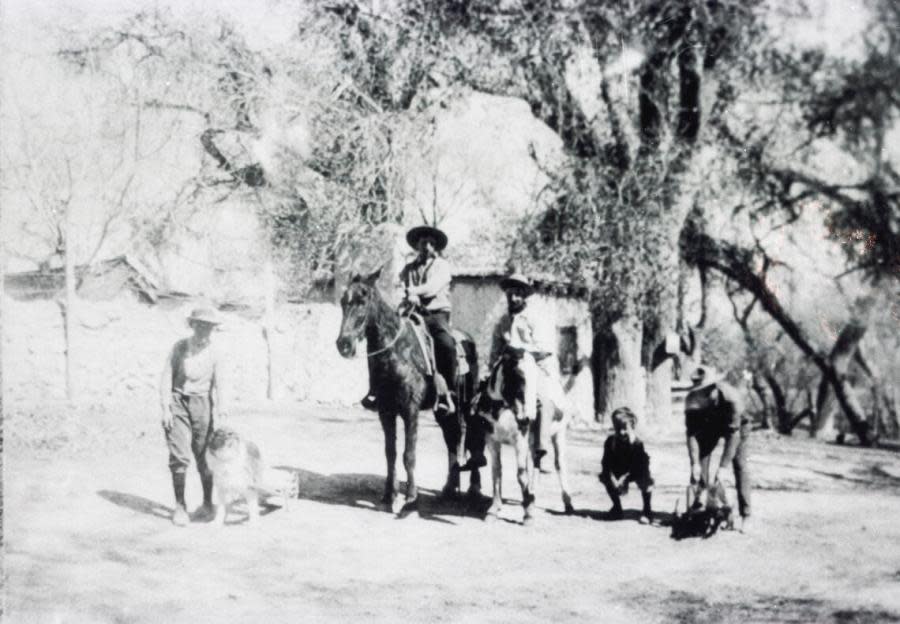
2. Peehee mu’huh, or Rotten Moon (also known as Thacker Pass): “Construction has begun on an open-pit mine designed to excavate what mining officials say is the largest lithium deposit in the nation,” Preserve Nevada said. The redevelopment is mired in controversy. “Peehee mu’huh — or Rotten Moon, as it is known to the Northern Paiutes — lies between the Double H and Montana Mountains in northern Nevada. According to tribal elders, in 1865 it was the site of a massacre by government soldiers who killed 31 men, women, and children. In 1968, a Bureau of Land Management District surveyor found five sites, which included the remains of Northern Paiute ancestors and evidence of a camp.”
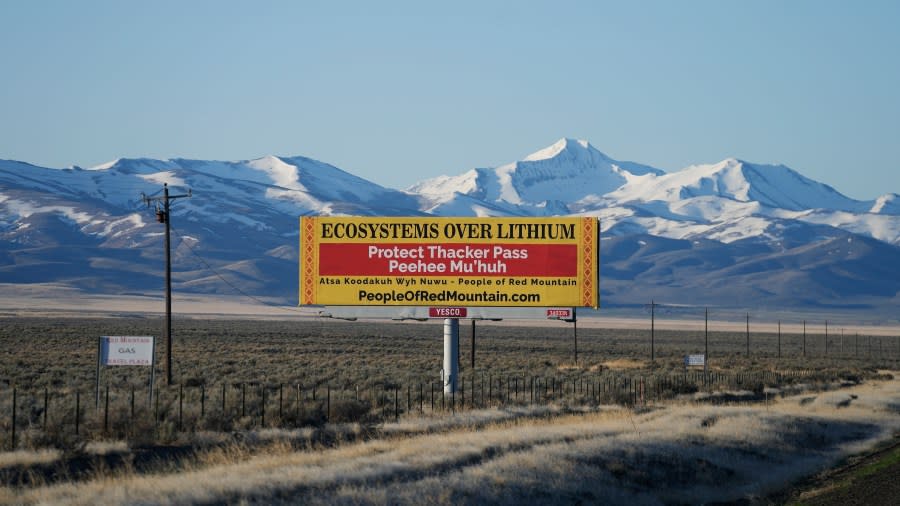
3. Winnemucca Grammar School: A 1920s two-story brick structure “based on the architectural works of Frank Lloyd Wright,” Preserve Nevada said. “In the 1990s, the school district demolished and rebuilt the grammar school’s annex building. Today, the school is still in use, but is rapidly decaying with age, including water damage, a deteriorating foundation, loose bricks, and crumbling molding — and administrators are concerned with finding funds to adapt the old structure to meet modern standards.”
4. Southern Pacific Repair Shops (Warehouse): A 1904 structure with a connection to the birth of Sparks, Nevada. Southern Pacific relocated some operations to the area and workers snapped up plots of land for $1. “Today, its imposing brick, metal, steel frame make it a prominent symbol of Reno’s rich railroad history, years after I-80 expansion physically separated it from the rest of the city,” Preserve Nevada said. “The Southern Pacific Repair Shops were listed on the National Register of Historic Places in 1982, but were subsequently delisted for unknown reasons. Recently, the Southern Pacific Railroad announced plans to tear down the warehouse’s machine shop, coinciding with the opening celebration of an art gallery by a new tenant. And preservationists fear more demolition could loom in its future.”
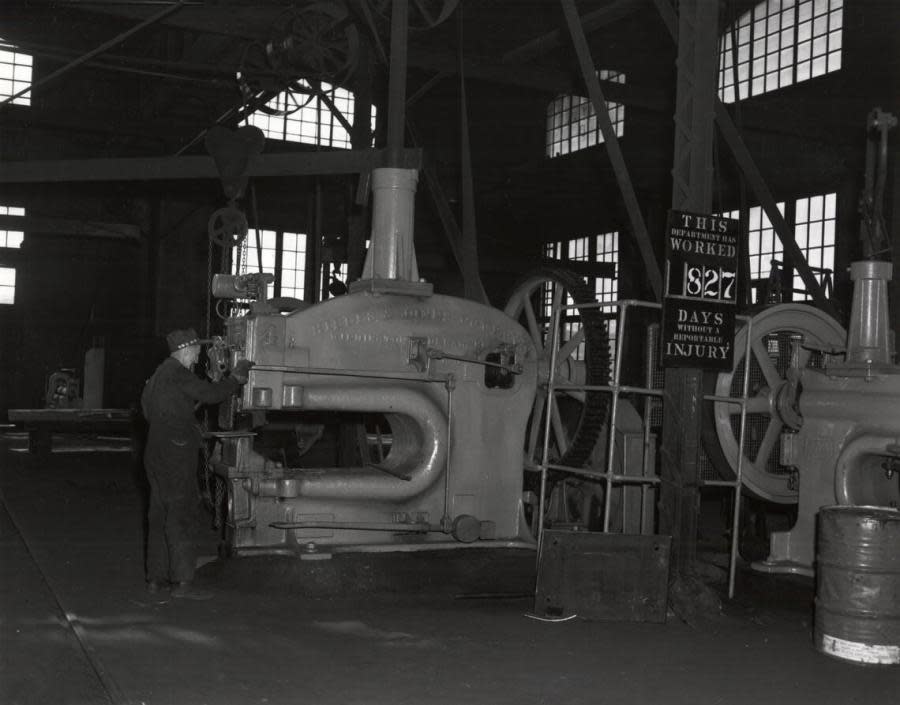
5. Elko Water Company Canal System “Chinese Water Ditch:” Imagine hand-digging an 8.5-mile ditch. That’s what some Chinese laborers did for work outside of Elko after they completed the “Golden Spike” connection for the Central Pacific Railroad at Promontory, Utah, in 1869. The ditch supplied water to Elko. “Portions of the original ditch still exist, the most visible of which is east of Elko.The canal system is a physical record of the Chinese community’s presence, ingenuity, and resourcefulness in northeastern Nevada that has been largely unrecorded, and preservationists call for its protection,” Preserve Nevada said.
6. Bethel Church and the City of Reno’s Northwest Quadrant: “During the height of the Civil Rights Movement, many of Reno’s NAACP chapter members were congregants of Bethel A.M.E. Church, which was the chapter’s official meeting location,” according to Preserve Nevada. Now, the “Neon Line District” redevelopment project has leaders concerned that several pieces of the city’s history will be lost. The church was built in 1910 and has served as a religious, social and political center for Reno’s African American community.
7. Lemaire Store, Battle Mountain: A two-story structure built in 1876 fronts the railroad tracks and is one of the earliest commercial buildings remaining in Battle Mountain. Over the years, the store was the site of fundraisers, dances and the 1912-1914 campaign to secure voting rights for white Nevada women, according to Preserve Nevada. A.D. Lemaire bought the store in 1879 and the family ran it until the 1980s. The Battle Mountain Cookhouse Museum, which opened in 2012, is located within the restored 1920s cookhouse, and is making strides in highlighting the town’s cultural history. Preservationists say maintaining the store’s historical integrity contributes to our understanding of the community, born as a rail stop between Winnemucca and Elko, and one of its leading families.
8. 1930s Motor Courts: A product of growing automobile travel in the early to mid-1900s, motor courts are now usually abandoned and dilapidated buildings outside of small towns. Preserve Nevada said the buildings often exhibit “Wild West” and Western lore. “The buildings and marquees reflect a variety of architectural styles — including Mid Century Modern, Art Deco, and Googie,” but they are threatened by rising land values and new development. “Due to their isolated locations, the now-aging motor courts today are often relegated to long-term residential use, if they’re used at all.”
9. Historic Cemeteries and Burial Sites: Boom and bust cycles that followed Nevada mining development has left a legacy of small cemeteries that are sometimes vandalized, but they’re an important record of the existence of some towns. “The Nevada Legislature completed a survey in 1962 showing 3,000 cemeteries throughout the state,” Preserve Nevada said. “Preservationists call for public and private protection and stewardship to help keep the miners’ stories alive for future generations.”
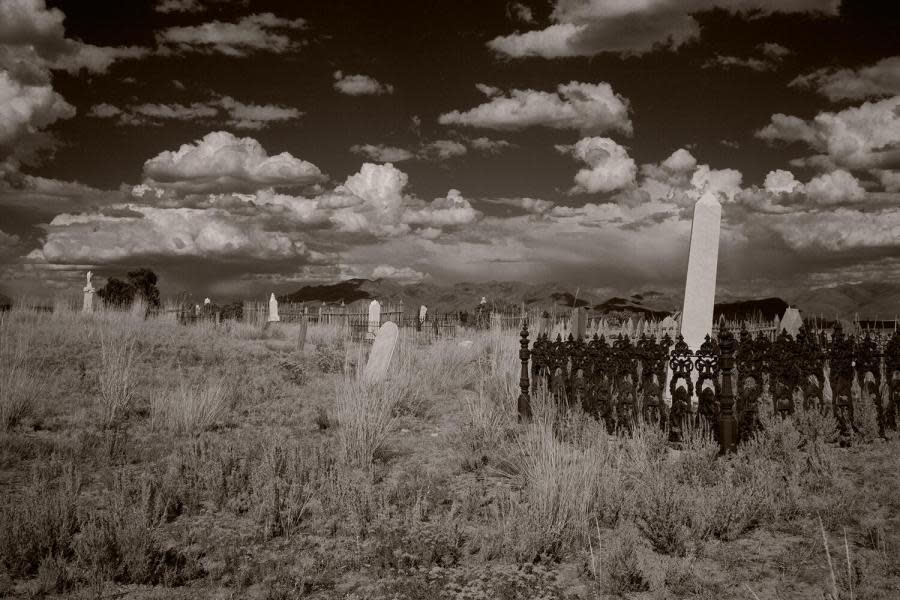
10. Mineral and Nye County Courthouses: Preserve Nevada puts both structures on its list, citing the historical significance. “The Mineral County courthouse is the only one in Nevada to have served two different jurisdictions, while the Nye County facility boasted one of the most expensive construction budgets of its time.” The Nye County courthouse in Tonopah was built in 1905 at a cost of $55,000. Now it needs roof repairs that will cost $200,000.
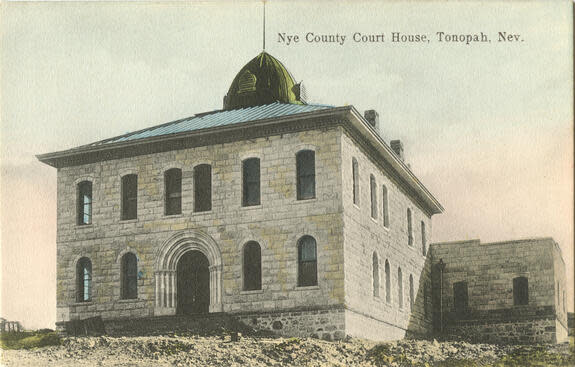
11. Downtown Austin: Another important site in the state’s mining history, Austin is located on U.S. 50 — “The Loneliest Road in America.” But economic support to maintain downtown Austin has been sparse. Preservationists are calling for the careful, thoughtful restoration of several buildings that are still in use, including the Austin Courthouse, Mark Twain International Hotel, St. Augustine’s Catholic Church (now an events center), the Methodist Church (now a community center) and St. George’s Episcopal Church.
The list was published last week by the University of Nevada, Las Vegas.
For more on Preserve Nevada, see the organization’s website.
For the latest news, weather, sports, and streaming video, head to KLAS.

